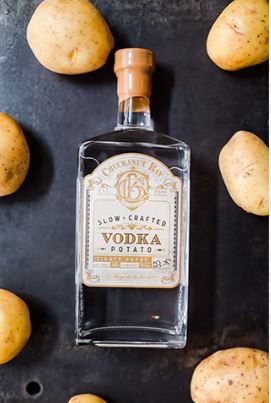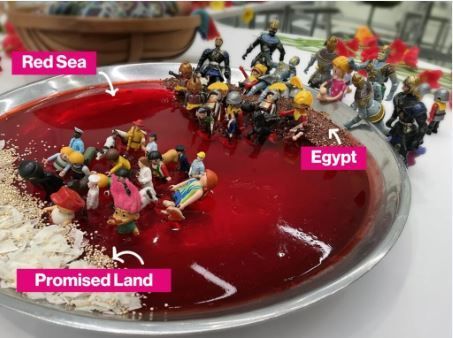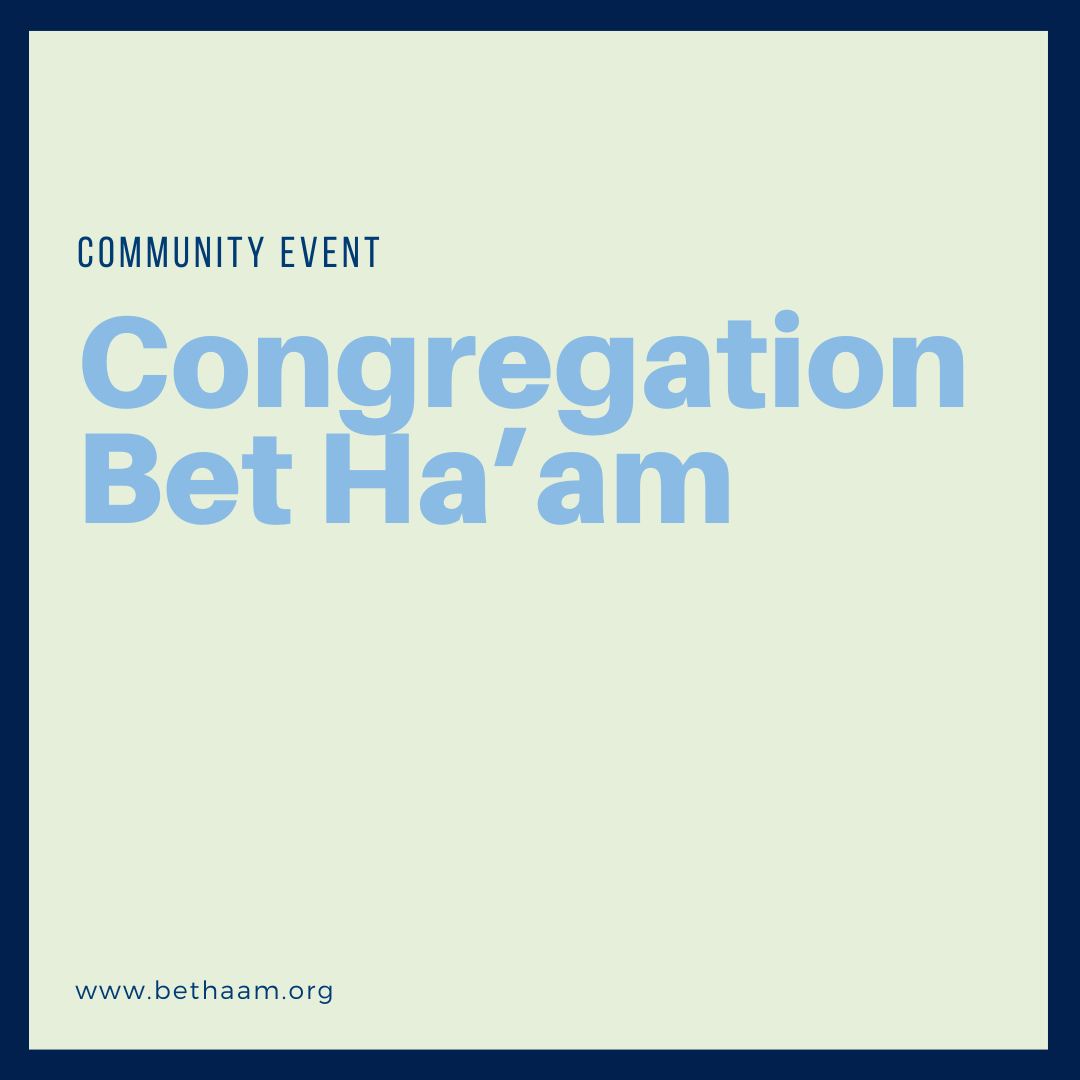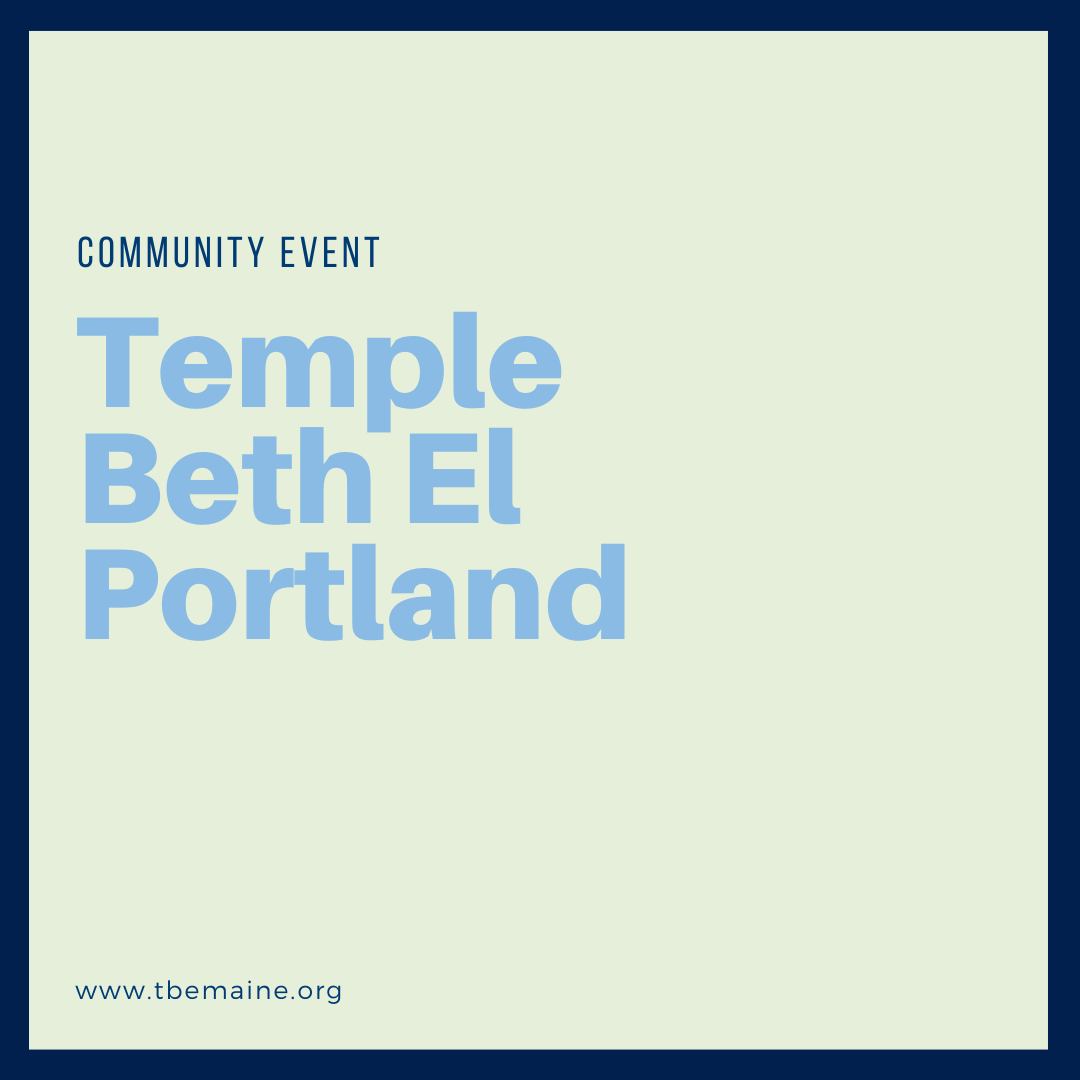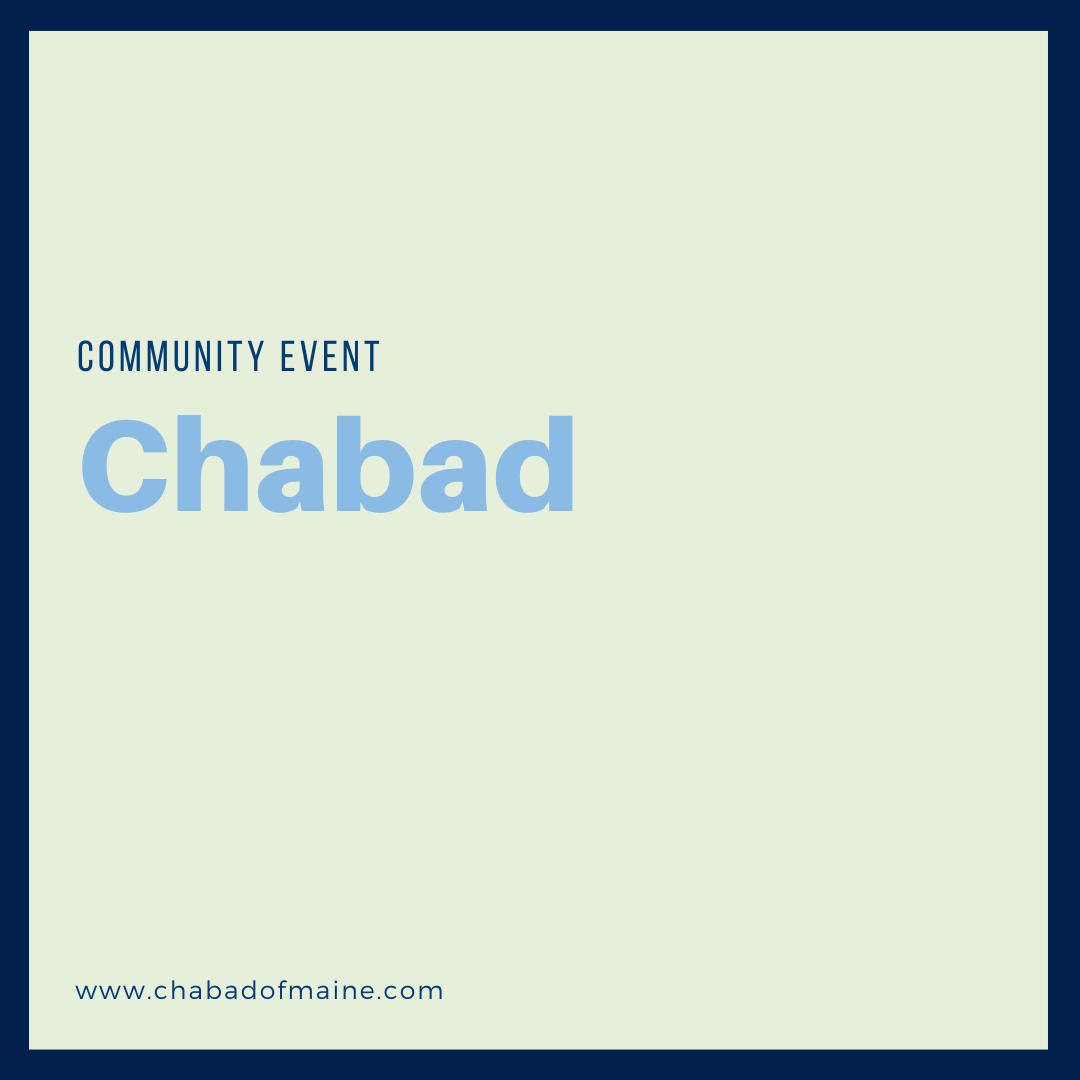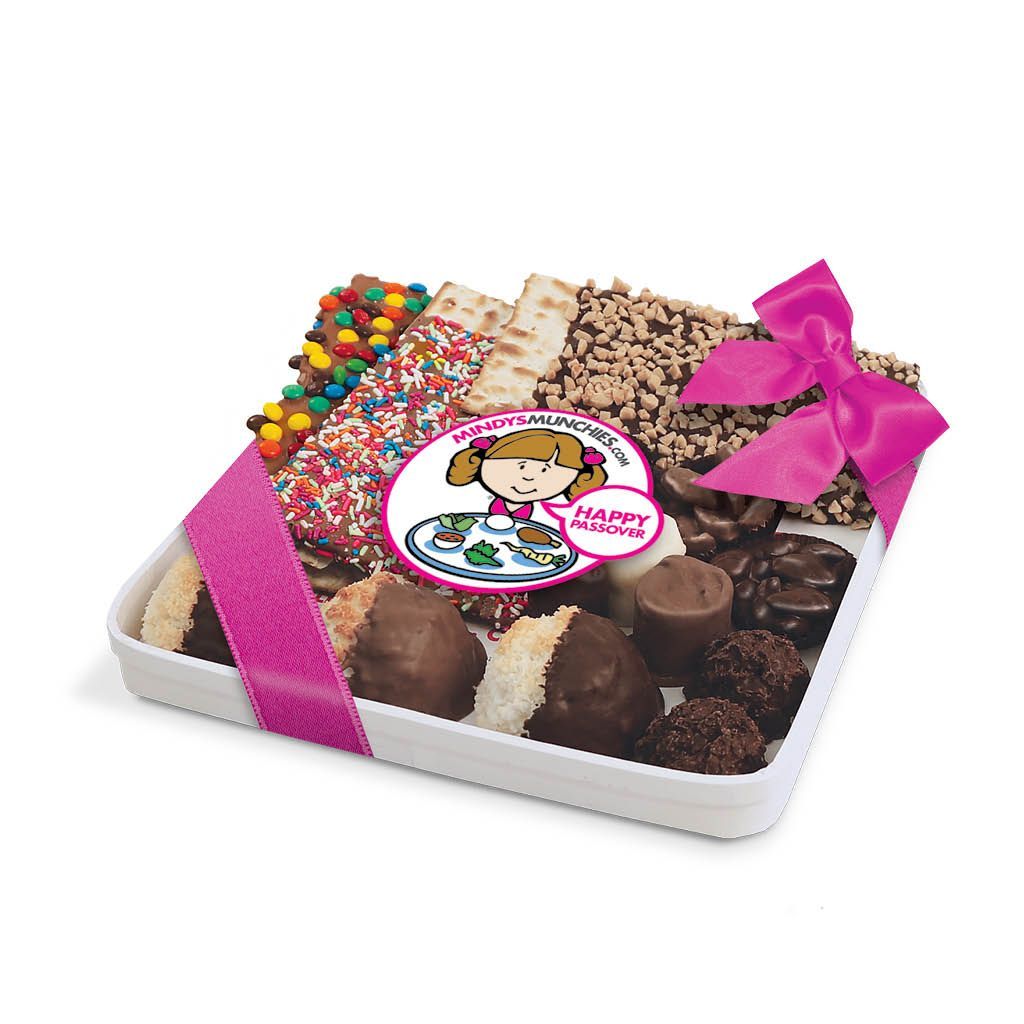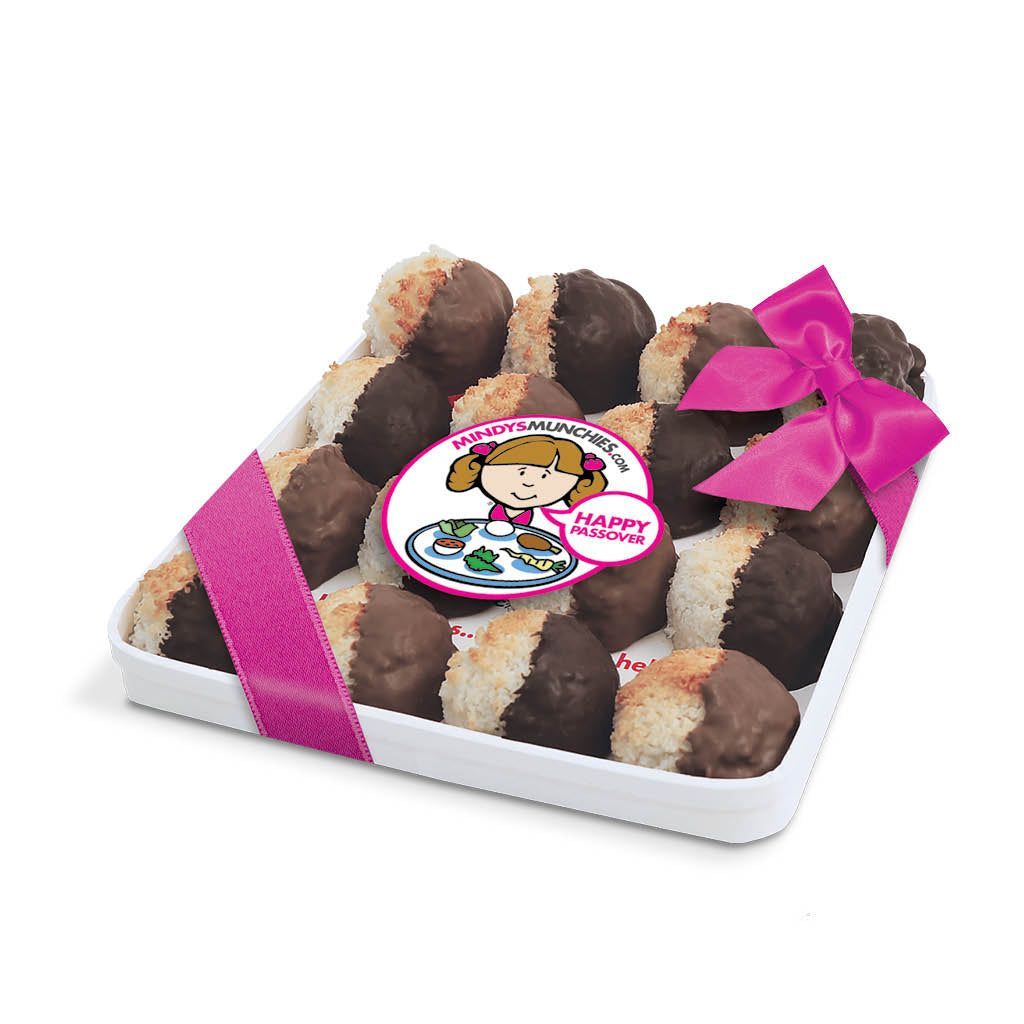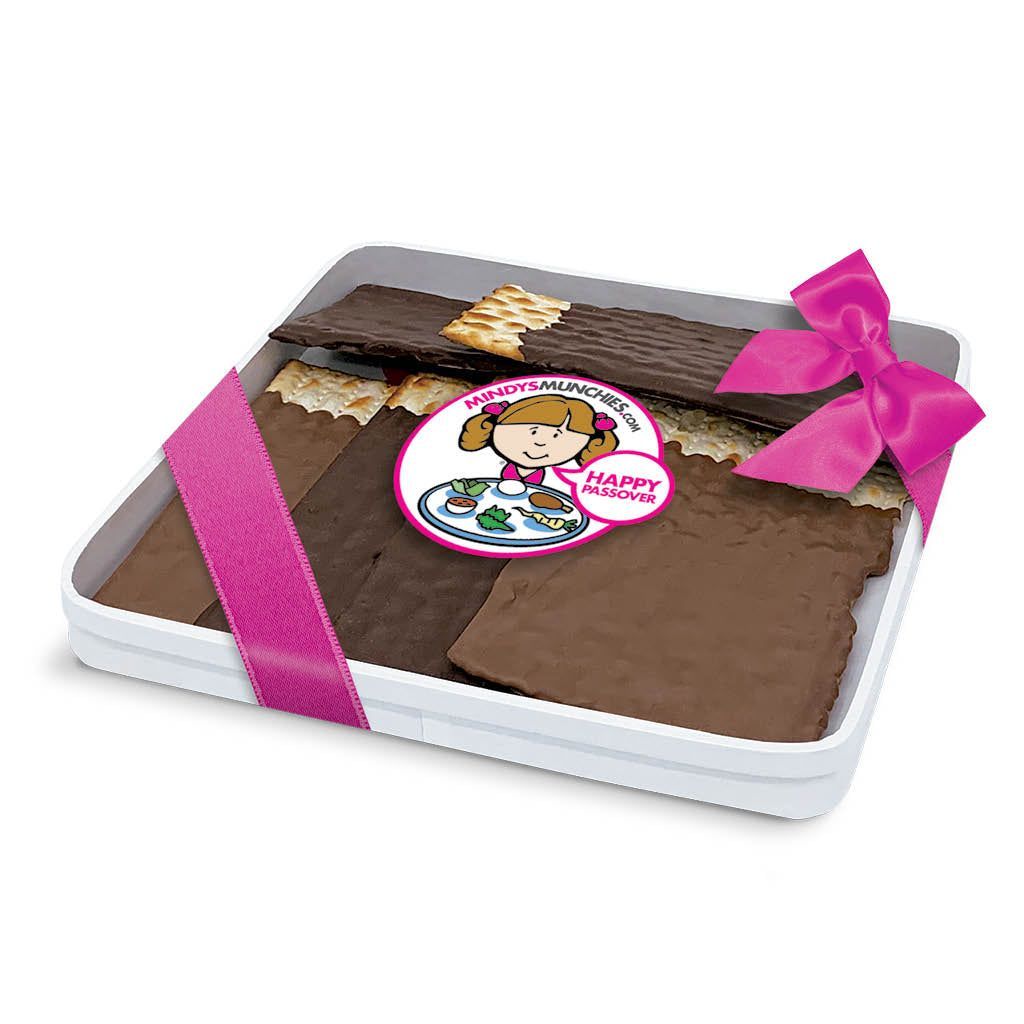Hosting?
Here's How to Lead an Epic Seder
Hosting a Seder is kind of like throwing a dinner party—with props, storytelling, and a set agenda. There’s plenty of eating, drinking, and singing, which means happy
guests (and maybe some slightly tipsy ones).
But here’s the secret: Bringing the Passover story to life matters way more than perfect matzah balls. Don’t stress—you got this! Here are some creative ways to
make your Seder memorable and fun. Hosting a Seder doesn't have to be stressful - It's all about creating a meaningful (and fun!) experience!
Community Events
Sweets with Purpose
Matzah with Flair. Tzedakah Never Tasted So Good!
Pre-order your handmade Passover Platter from Mindy's Munchies of Maine and a portion of proceeds will go straight to the JCA! Buy yours at the JCA from April 7 - 18 or preorder now at mindysmunchies.com - and mention the JCA at checkout!
Music
Click on a title below for a full playlist from your favorite listening station.
- Spotify Passover Playlist by PJ Library
- Amazon Music's Passover Playlist
- Youtube's Passover Playlist
- Apple Music Passover Seder Playlist
- Pandora's Passover Playlist
- Passover Playlist from SoundCloud
Recipes
- Apple and Asian Pear Charoset
- Carrot Charoset
- Homemade Matzo
- Gefilte Fish
- Kibbeh Hamdah (Tangy Meatball Soup with Lemon and Celery)
- Hawaij Chicken Soup with Matzo Balls
- Eingemacht (Beet Preserves)
- West African Brisket
- Matzo-Fried Chicken
- Potato Kugel
- Orange and Olive Salad
- Bocca di Dama (Flourless Almond Cake)
- Pizzarelle (Matzo, Coco, and Raisin Fritters)

